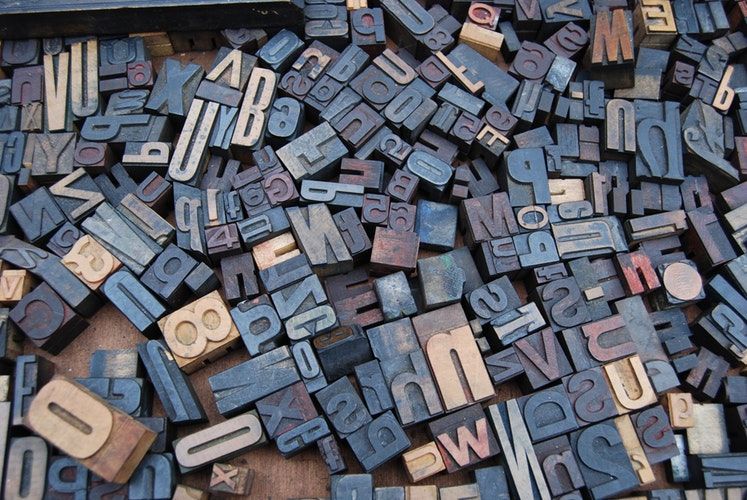A new font could improve your memory
Researchers at the Royal Melbourne Institute of Technology have designed a new font which claims to help you absorb information better and improve memory. The research marries the fields of typography and psychology to improve the way we process written information. The controversial new font, appropriately named “Sans Forgetica” contradicts years of previous typography research. Despite this, there is significant evidence that this may be a novel, effective way to use educational psychology to directly improve learning.
The research marries the fields of typography and psychology to improve the way we process written information
The font itself appears strange at first glance, and far from easy on the eye. The thick, backward-slanting letters are disrupted by gaps which make the words difficult to read. However according to Stephen Banham, one of the designers of Sans Forgetica, this is precisely the desired effect.
The design is based on the psychological principle of “desirable difficulty”, a term first used by distinguished cognitive psychologist Robert A. Bjork in 1994. In basic terms, it is the idea that a task needs to have a certain level of difficulty that is “desirable” in order to maximise information intake, storage and recall. Bjork’s research shows that a greater increase in long-term performance is seen when this difficulty is applied to a learning experience. Original suggestions of how to use this include varying the location, environment, or subject of learning. However there has been no suggestion that this could be applied to the font the information is written in, until now.
In basic terms, it is the idea that a task needs to have a certain level of difficulty that is “desirable” in order to maximise information intake, storage and recall
Sans Forgetica is designed to be just difficult enough to read that the brain has to dwell on the words a fraction longer than usual, disrupting normal reading patterns. This encourages deeper processing of the information, boosting engagement and cognitive processing. This increases the proportion of the information that can be stored in and retrieved from the long-term memory.
The research used to develop this font included a study of 400 students which were recruited to test a variety of different memorable fonts. The aim was to find a balance between legibility and a level of “desirable difficulty” to create the perfect design. The research investigated the effect of gapping, back-slant and asymmetry of the font on the memory retention of the information. A combination of 1 or 2 gaps per letter and the 8 degree back-slant both seen in Sans Forgetica was found to be the clear winner. Students were able to recall 57% of the information written in Sans Forgetica compared with only 50% of information written in the traditional font Ariel. The developers are still waiting to publish their findings.
Students were able to recall 57% of the information written in Sans Forgetica compared with only 50% of information written in the traditional font Ariel
Whilst this evidence seems compelling, as Banham himself admits, it does contradict over 25 years-worth of typographical studies. Previous studies have favoured the ease-of-reading approach, aiming to make the font as clear, symmetrical and cohesive as possible. Research which investigated the effect of other fonts on information recall states that the easier the font is to read, the less energy is dedicated to reading the words, therefore more cognitive capacity can be focused on comprehending and learning the information itself.
However, the Sans Forgetica website claims that the quest for more aesthetically pleasing font has come at the price of learning. This claim is supported in part by studies of the impact of font size and contrast, which show that the font that was objectively harder to read resulted in the best performance when the subjects were tested on the material. The research which led to the development of Sans Forgetica takes this one step further and looks at the impact of the font style itself.
Whilst this evidence seems compelling, as Banham himself admits, it does contradict over 25 years-worth of typographical studies.
But don’t go changing all of your revision notes just yet. Janneke Blijlevens, RMIT lecturer and co-developer of the font suggests it should be used only to highlight important facts for remembering such as dates and key concepts. He describes Sans Forgetica as the “blue cheese” of fonts, meaning it works very well in small portions.
Educational psychology is playing a more practical role in how we teach and learn than ever before. There is increasing evidence that changing the way in which we study could have a significant impact on out academic performance. Whilst this field of psychological typography is still in its infancy, results so far are promising. Will Sans Forgetica work for you? The only way to know is to try it for yourself, by downloading the font for free at http://sansforgetica.rmit.

Comments
Comments are closed here.